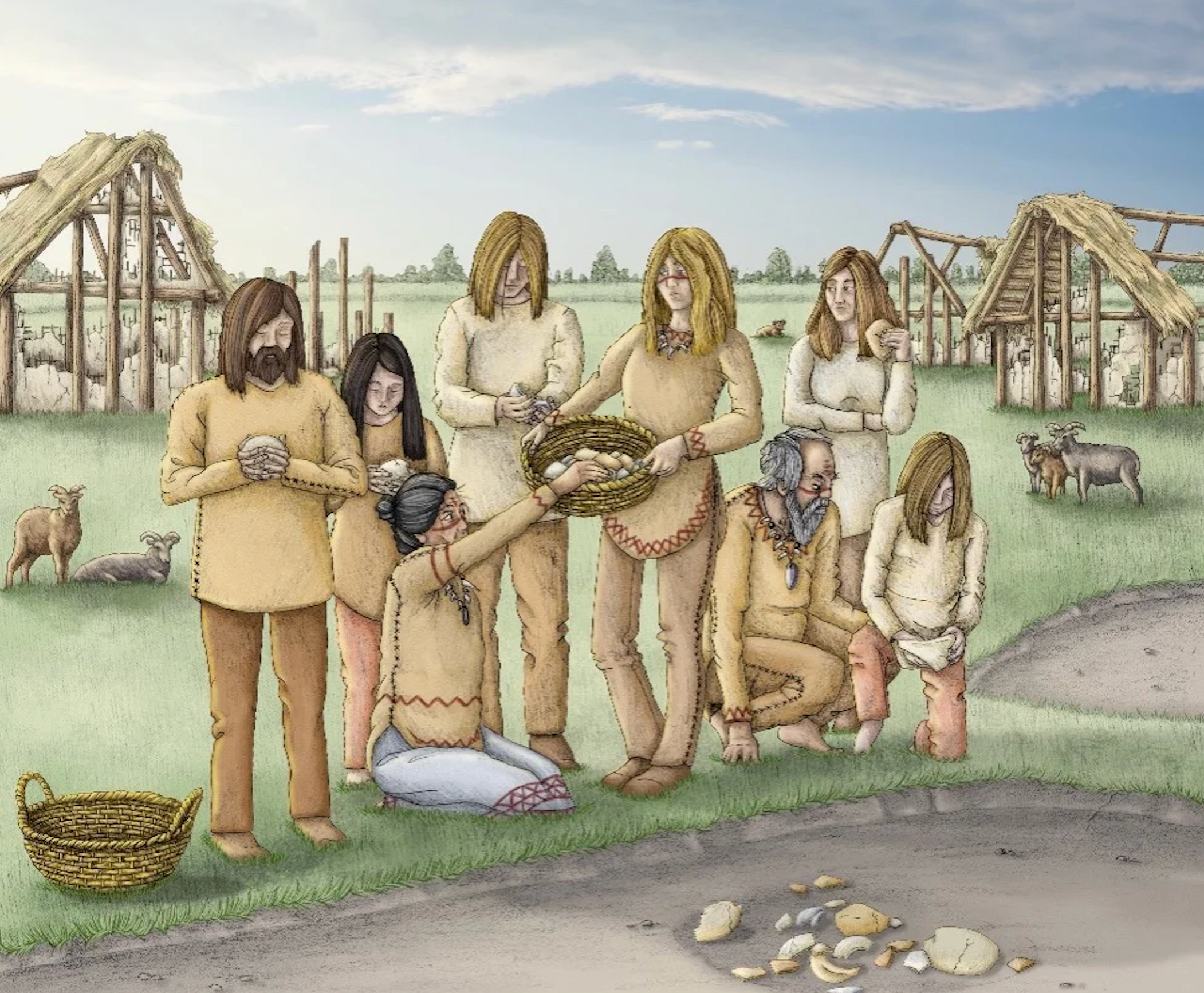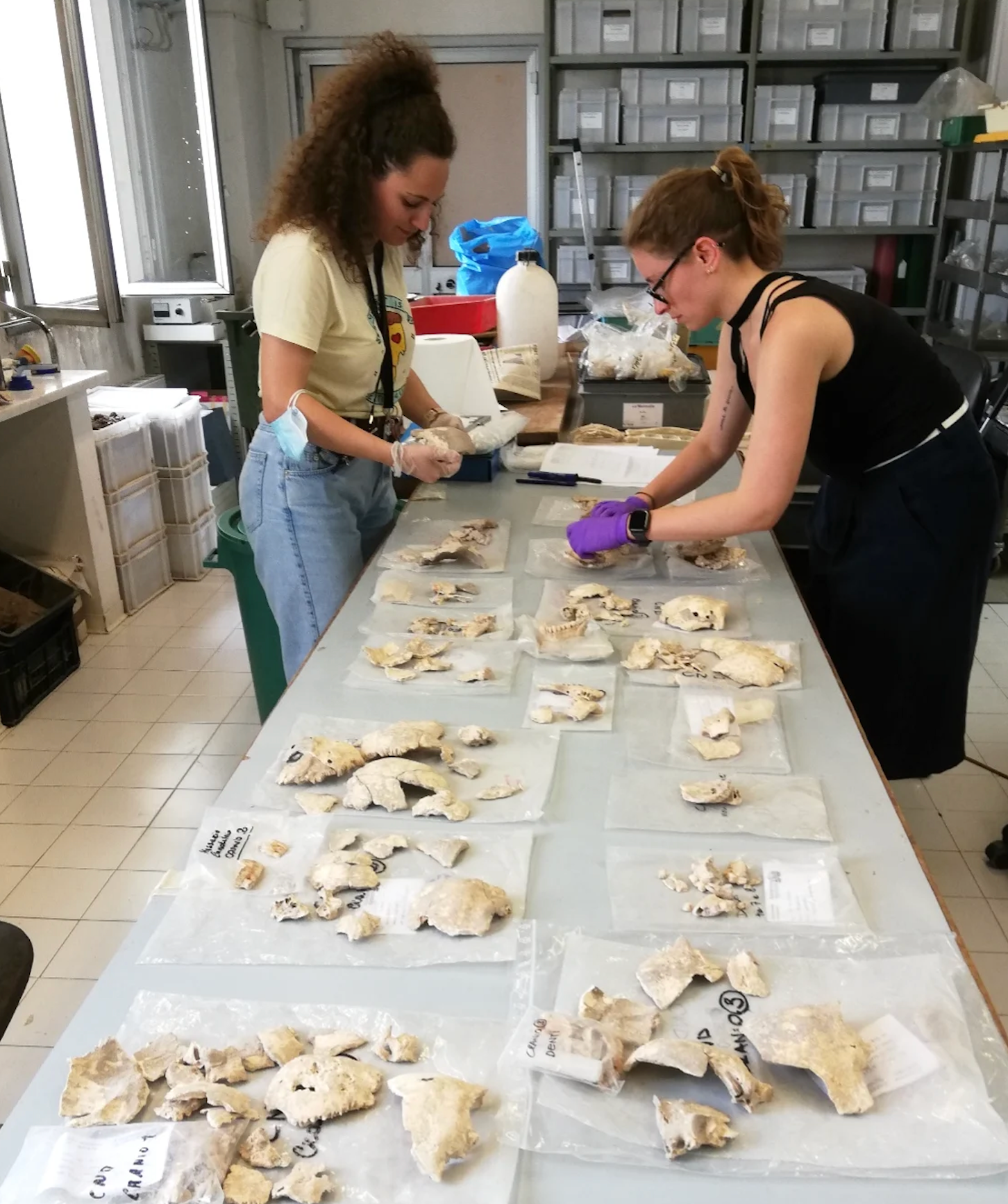Archaeologists perplexed by mysterious Stone Age skulls found in Italian village
Skull fragments point to rituals directed towards specific ancestors, researchers say
Your support helps us to tell the story
From reproductive rights to climate change to Big Tech, The Independent is on the ground when the story is developing. Whether it's investigating the financials of Elon Musk's pro-Trump PAC or producing our latest documentary, 'The A Word', which shines a light on the American women fighting for reproductive rights, we know how important it is to parse out the facts from the messaging.
At such a critical moment in US history, we need reporters on the ground. Your donation allows us to keep sending journalists to speak to both sides of the story.
The Independent is trusted by Americans across the entire political spectrum. And unlike many other quality news outlets, we choose not to lock Americans out of our reporting and analysis with paywalls. We believe quality journalism should be available to everyone, paid for by those who can afford it.
Your support makes all the difference.Archaeologists have found a cache of over a dozen broken human skulls at a Stone Age village site in Italy, a discovery that could advance our understanding of how ancient humans related to their ancestors.
Stone Age people at Masseria Candelaro in Puglia, Italy, deposited broken skull and jaw bones from about 15 individuals in a pile at the centre of the village, researchers found.
The bones were found heaped in a prehistoric building at the excavation site, which was a small village surrounded by concentric ditches dating to 5500–5400BC.
Decreeing a deceased individual as an “ancestor” was often closely tied to kinship, reflecting on the social force or presence they held among the living.

Individuals hailed as ancestors were believed to hold spiritual powers and functioned as moral anchors in several ancient cultures, researchers said.
The skull fragments found in Italy were likely linked to rituals directed towards specific ancestors as opposed to standard funerary rites.
“The ontological transformation of a dead person into an ancestor is almost always accomplished by transforming their physical remains,” researchers said.
In the latest study, published in the European Journal of Archaeology, researchers excavated a structure in the village, labelled Structure Q, with layers of domestic and ritual artefacts.
They said it was the earliest known settlement area at Masseria Candelaro but post-dated its occupation by half a millennium.
It was found to have a sunken feature containing alternating deposits of domestic and ritual materials and one of the top layers contained skull fragments, mostly belonging to males, with soil covering them.
“Structure Q was thus probably a multi-functional space later repurposed for ritual activities,” researchers said.
Analysis of the skulls dated them to between 5618 and 5335BC, and the bone fragments showed no signs of mortal injuries or healed trauma.

Based on these findings, researchers concluded that the bones belonged to individuals who lived across centuries, “perhaps six to eight generations”.
“The cranial cache represents a collection that was constantly changing but its long duration suggests an enduring tradition of use, alteration, and augmentation,” they wrote.
The skulls did not bear any cut marks showing signs of violence, indicating they were not collected as trophies of war but used in a ritual.
The final burial of the bones, researchers said, was likely not part of the ritual “but rather a simple post-use-life decommissioning”.
“These individuals were mostly probable males, collected over two centuries and actively used, with their deposition marking the final disposal of a ritual collection,” they wrote.

Join our commenting forum
Join thought-provoking conversations, follow other Independent readers and see their replies
Comments